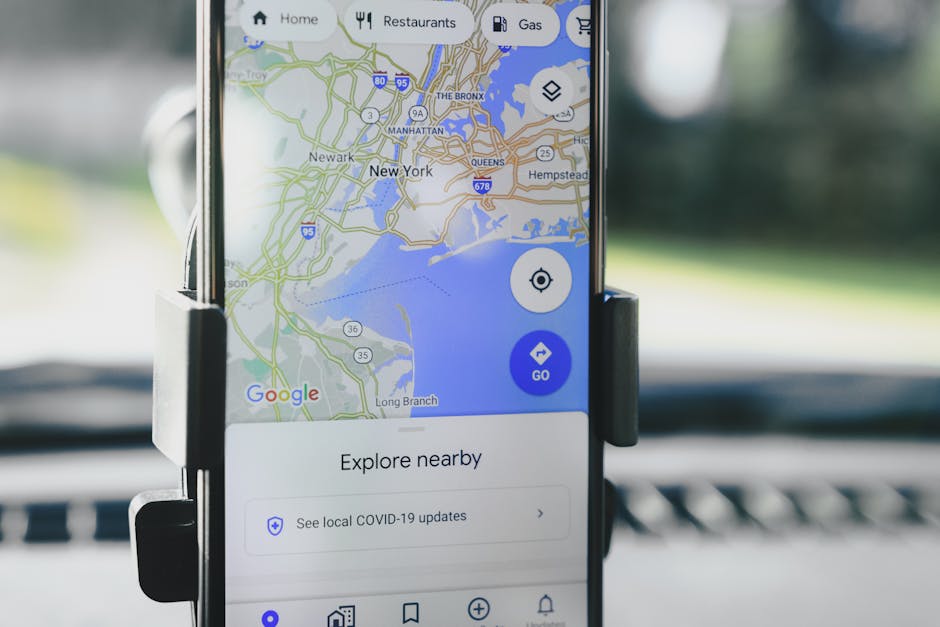The Challenges and Complexities of IP Geolocation in the Internet Age

The concept of ‘geolocation’ in the digital realm has become an increasingly critical topic, especially with the rapid evolution of the Internet and satellite-based connectivity. Unlike the fixed-line telephone systems of the past, where geographic information was embedded directly into address codes, the Internet lacks a geographic-based address plan. This disparity presents numerous challenges when trying to map IP addresses to specific physical locations, economies, or even broader political boundaries.
The Basics of IP Geolocation and Why It Matters

Pexels
Mapping IP addresses to geographic locations involves multiple layers of complexity. While latitude and longitude provide technical accuracy, they often fail to align with the political and economic frameworks we use to define boundaries. To simplify this, standards such as ISO 3166, maintained by an international panel, encode political regions and economies into concise codes. These geolocation databases are indispensable in cybersecurity, forensics, and even intellectual property rights enforcement—which often vary by economy. Moreover, these databases form the backbone of statistical insights like Internet penetration and user demographics across various regions. Yet, they are often restricted to private or subscription-based databases, creating further hurdles for researchers and data specialists.
Limitations of Current Geolocation Methods

Pexels
While major databases like MaxMind or IPinfo dominate the market, regional inaccuracies are prevalent. For instance, the data provided by Regional Internet Registries (RIRs) often focuses on the economic location of an organization’s base rather than where the IP addresses and Autonomous System Numbers (ASNs) are actively deployed. This can cause significant discrepancies, particularly when IP blocks are subdivided and used in multiple regions. Such inaccuracies highlight the broader limitations of existing systems, which prioritize administrative clarity over actual operational deployment data.
The Rise of Satellite Networks and New Geolocation Challenges

Pexels
One of the biggest disruptors to geolocation accuracy comes from satellite Internet services, such as Starlink. These services operate across multiple economies, at sea, or even in-flight, blurring traditional geographic boundaries. For example, Starlink’s geodata often maps devices to specific economies even when they are in international waters or unauthorized regions due to roaming services. Such inconsistencies present anomalies; in Yemen, for instance, Starlink users were misattributed, creating inflated usage statistics that overstate its market penetration. Similar distortions were noted in several other regions, such as Svalbard and Saint Barthelemy.
Reassessing IP Geolocation in the Modern Era

Pexels
The unique challenges posed by satellite-based Internet services and mobile connectivity call for a rethinking of traditional geolocation methods. Should we redefine the concept of geolocation to include dynamic assignments for devices in motion, such as airplanes or ships? Or should new categories, like “unclassified” or “global roaming,” be introduced to address these outliers? This ambiguity points to a critical lack of purpose in the traditional approach to assigning geolocation attributes to IP addresses.
At APNIC Labs, ongoing research aims to improve geolocation accuracy through population-based ad impression data and other advanced methodologies. Yet, even these methods are constrained by assumptions, such as correlating Google Ads placement algorithms with population sampling or assigning Internet users to a single ISP. As satellite-based services continue to grow, geolocation practices must adapt to remain relevant in this increasingly dynamic digital landscape.




